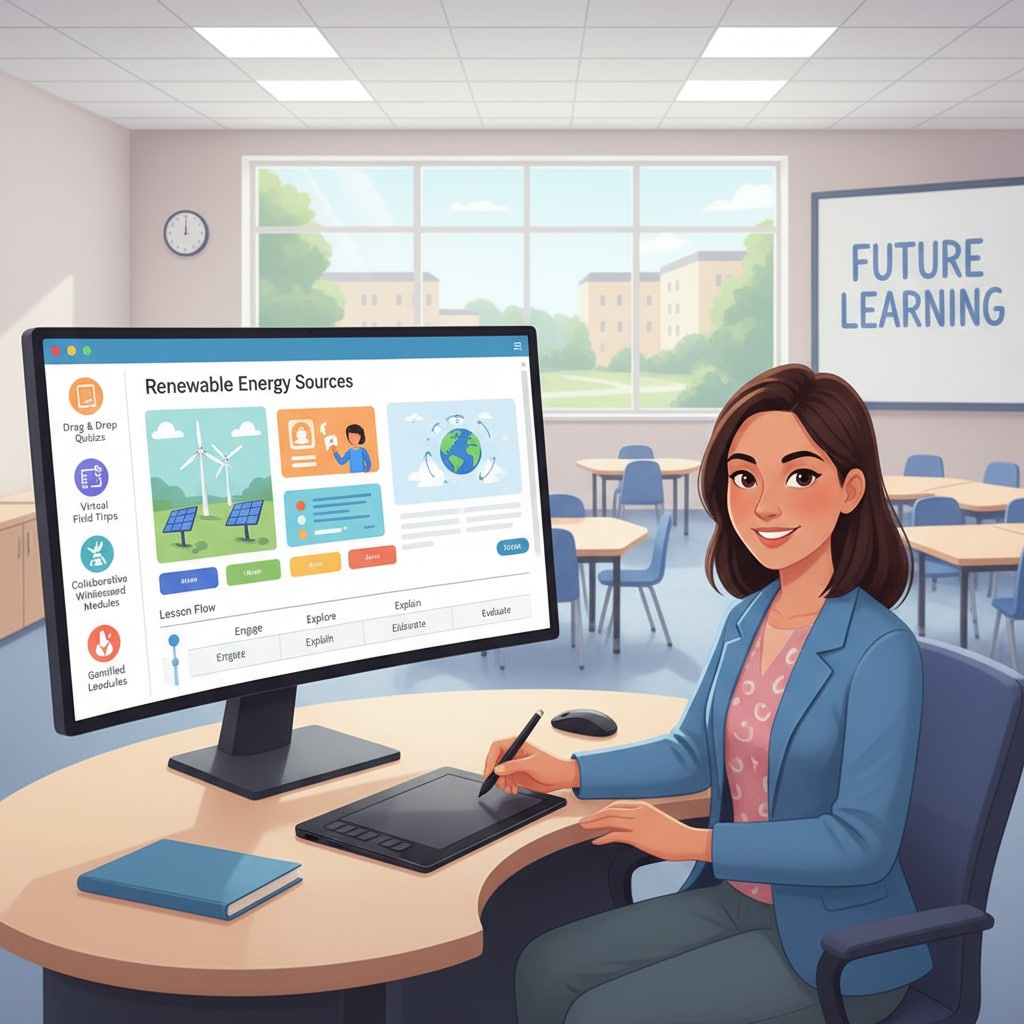Secondary education philosophy, post-pandemic teaching, and digital learning have become the focal points of educational reform in the post-pandemic era. The outbreak of the pandemic has significantly disrupted traditional teaching models, compelling educators to reevaluate and innovate. As the world adapts to the new normal, digital technologies have emerged as a crucial tool in reshaping secondary education.

The Impact of the Pandemic on Secondary Education
The pandemic has been a catalyst for change in secondary education. Traditional in-person teaching was suddenly halted, forcing schools to rapidly transition to online learning. This unexpected shift exposed numerous challenges. For example, not all students had equal access to digital devices and stable internet connections, creating a digital divide. Moreover, teachers had to quickly adapt to new teaching platforms and digital tools, which was a steep learning curve for many. However, it also presented opportunities. Digital learning allowed for more flexible scheduling, enabling students to learn at their own pace and access a vast array of educational resources. Education on Britannica
The Role of Digital Learning in Post-Pandemic Secondary Education
Digital learning has revolutionized post-pandemic secondary education. Online platforms offer interactive courses, virtual laboratories, and multimedia resources that enhance the learning experience. For instance, students can now engage in real-time discussions with peers from around the world, broadening their perspectives. Additionally, digital tools such as learning management systems enable teachers to monitor student progress more effectively and provide personalized feedback. This personalized approach aligns with modern educational philosophy, which emphasizes the individual needs of each student.

Furthermore, digital learning promotes self-directed learning. Students are encouraged to take initiative in exploring topics of interest, fostering critical thinking and problem-solving skills. In the context of secondary education philosophy, this empowerment of students is a significant step forward.
In conclusion, the post-pandemic era has necessitated a reimagining of secondary education. By integrating secondary education philosophy with digital learning, educators can create a more inclusive, engaging, and effective teaching structure. This digital transformation is not just a response to the pandemic but a step towards a more innovative and student-centered future in secondary education.
Readability guidance: Short paragraphs and lists are used to summarize key points. Each H2 section provides a list when possible. The proportion of passive voice and long sentences is controlled, and transition words are scattered throughout the text.


